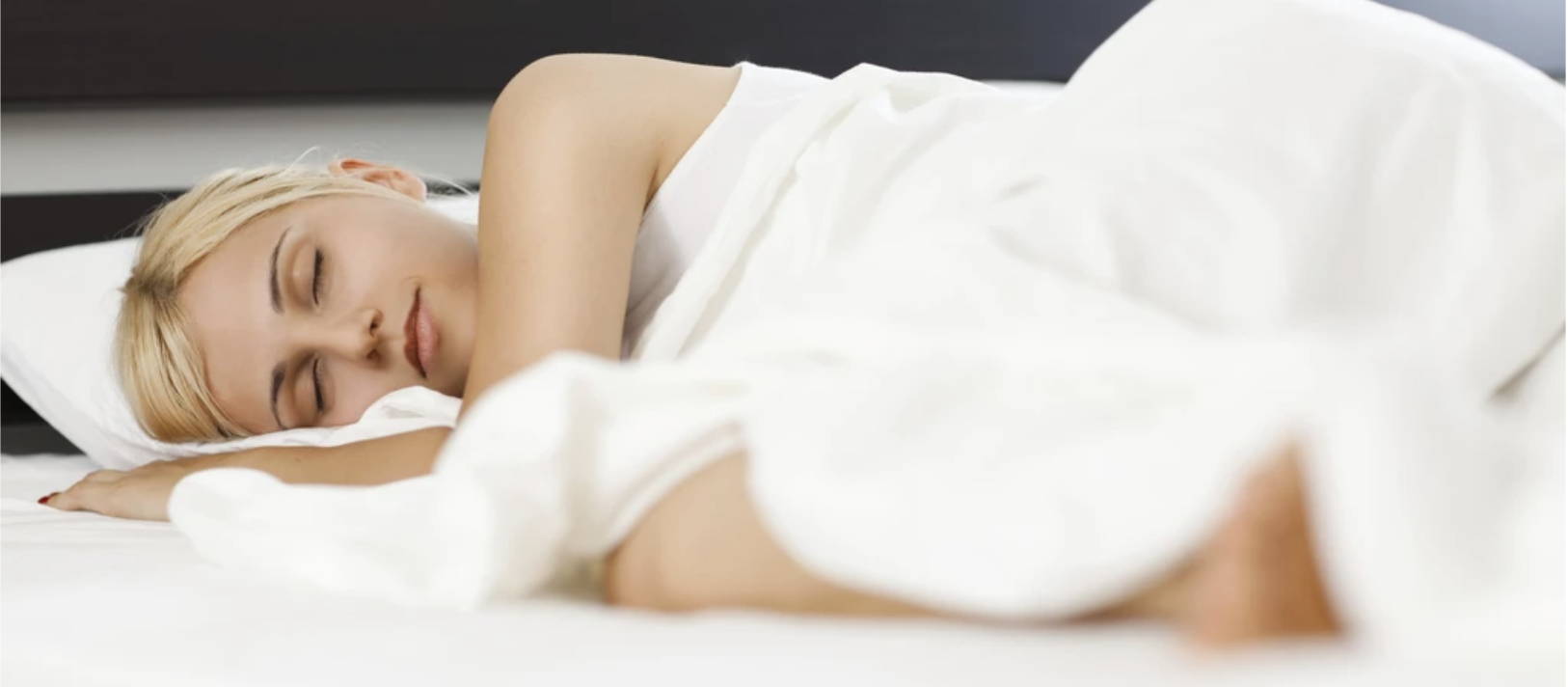
How many ways have you tried to improve your routine before getting some zzzs?
- Taking your phone out of the bedroom? Check.
- Making your bedroom as dark as possible? Check.
- Exercising during the day? Check.
One thing that may sabotage your sleep is right under your nose – literally. Your bedding, as well as mattress and a pillow itself, play an important role in creating sleep inducing environment.
When was the last time you invested in a new mattress or a pillow?
It’s generally recommended to change out a mattress every 7 or so years and your pillow every 2 to 3 years. Why is it so important? Because fabrics and feathers are great dust collectors. If you suffer from allergies, dust and other allergens may be worsening your symptoms. Microscopic dust mites that feed on, well, dust are not ideal for sleep either. Seriously, those mites look super creepy!
Besides, how many times have you woken up refreshed after sleeping on an uncomfortable pillow or mattress? The answer is probably close to zero. Old mattresses and pillows tend to lose their shape and their ability to support your body in the most ergonomic position.
When was the last time you washed your bedding?
While changing mattresses every 7 years is a great idea, it is also recommended to purchase new bedding every 2 years or so. What’s even better is to wash your bedding at least once every two weeks. Besides collecting dust, your bedding also get a fair share of your sweat and dead skin cells – yuck! New bedding improve your personal and sleep hygiene, and who doesn’t love the feeling of climbing into a freshly made bed with clean sheets?
One more piece of advice from Dr. Michael Breus (The Sleep Doctor) is to wash your new sheets at least twice before sleeping on them. “A lot of times, when they’re in packaging, irritants that can get on them.”
If your skin is irritated or especially sensitive, pay attention to your detergents. Washing your bedding with softer detergents will treat your skin with kindness and prolong the life of your bedding.
Pay attention to the materials
Not all bedding materials are created equal. Some will be lighter, while others – hotter. Besides, some will feel softer on your skin.
Thread count? While it is important, sleep expert recommend staying in 400-500 thread count range. Anything higher than that is a manipulation of fabric or involves synthetic finishes, which will eventually wear out.
Any synthetic material will be hotter and won’t allow the freshness of cotton. Cotton materials, especially organic, are considered the best in bedding, but ultimately, it’s your call.
Pay attention to colors
In one study, people reported having better rest in blue room versus purple room. (Purple tends to stimulate our brain). Green and yellow were the other two favorites. And while red can inspire passion, it can also anger some people. Hey, whatever you’re into is fine, but we recommend you go with soothing colors that help you relax.
While you may not want to repaint your bedroom, you can incorporate soothing colors in your bedding and your spread, creating relaxation-inducing atmosphere.
Keep good sleep hygiene
In another study, good sleepers reported making their bed, having clean sheets, and a comfortable mattress as a priority.
Remember that good sleep hygiene begins with the actual place where you sleep: your bed and your pillow.
Sometimes even the smallest tweaks, like fresh bedding or a pillow that supports your head correctly is all you need to improve your snooze time.
